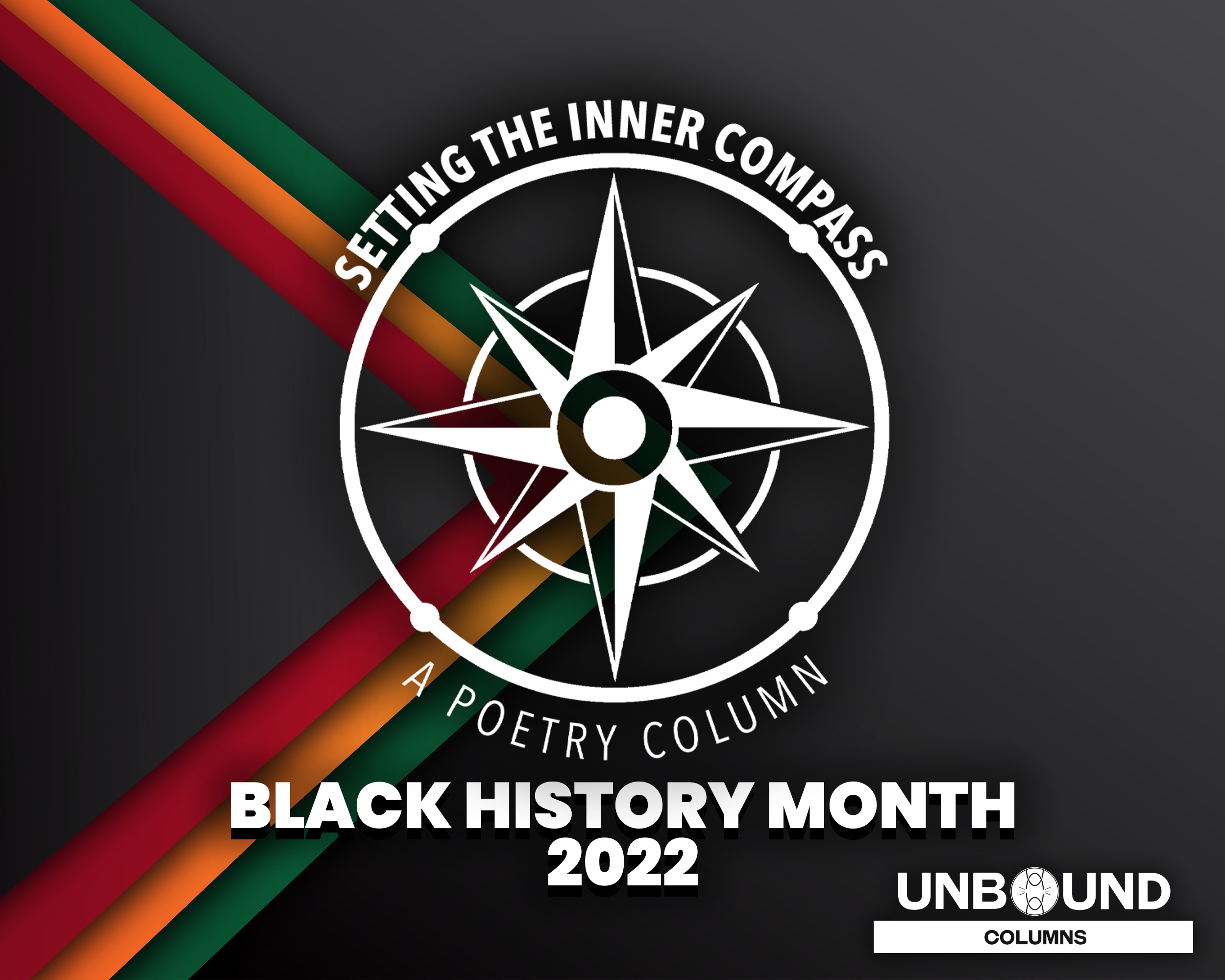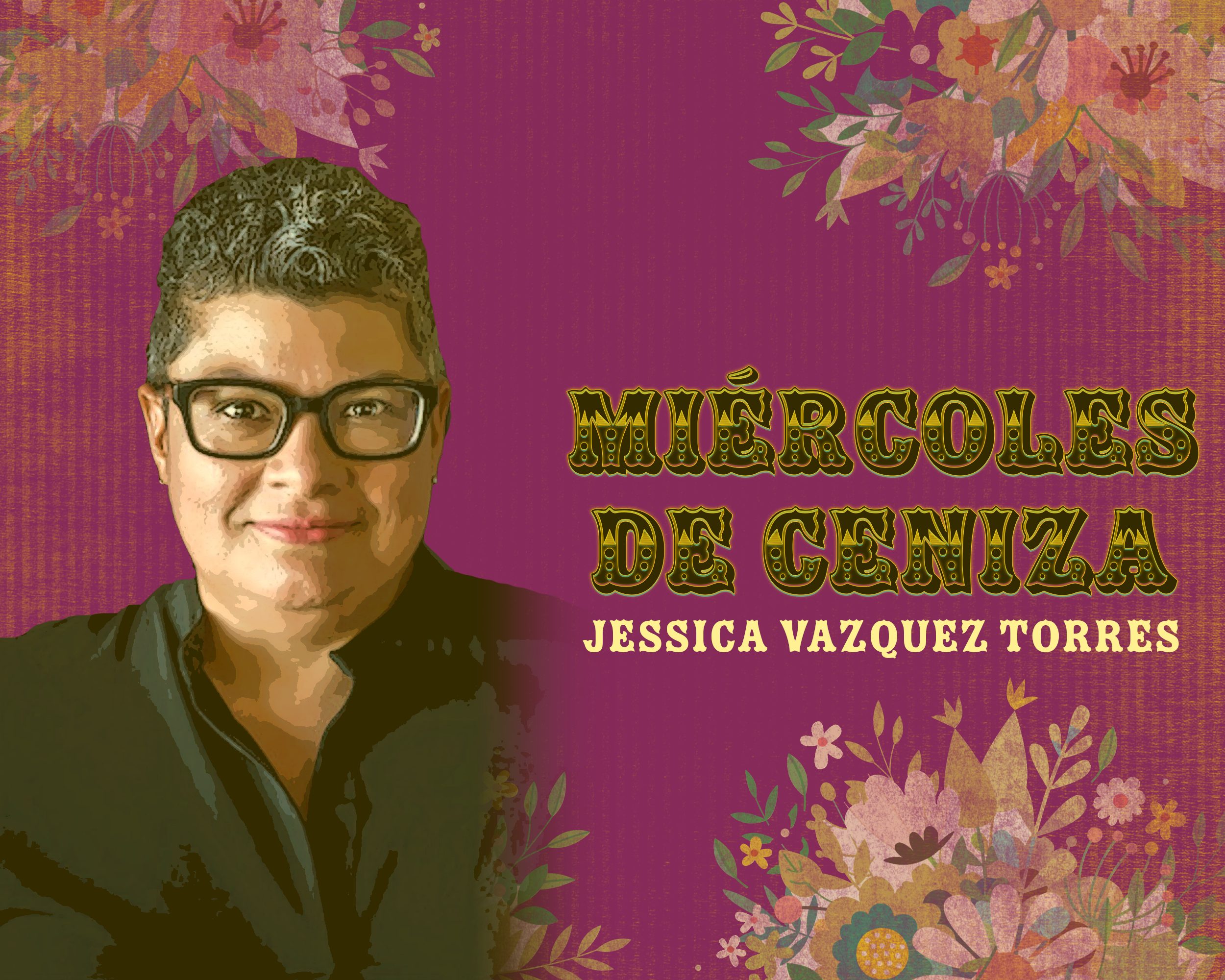Lo Cotidiano
Isaiah 58:1-12
I first encountered Ada Maria Isasi-Diaz in a circle of Hispanic seminarians gathered for the Hispanic Summer Program. Her work developing mujerista theology had just entered the scene of theological discourse. I was in the middle years of my white seminary education, which is to say in the aftermath of losing my struggle against the homogenizing curriculum of my seminary. I was resigned to be a brown-faced white pastor or white academic, as that is all the system was designed to produce. At first I was intimidated; where I had learned to minimize or modify my Puerto Rican Latinidad, she stood powerfully in it, using it as a frame to make theology. My encounter with Isasi-Diaz was transforming. She showed me that my everyday strategies of life, the ones passed down from great-grandmothers, to grandmothers, to my mom and aunts, are a legitimate frame for how I engage in God-talk, interpret scripture, shape spiritual practices, and build a Christian ethic.
On the way to a reflection on, about, in preparation for Ash Wednesday it seems important to say a brief word about the key idea at the heart of Isasi-Diaz’ mujerista methodology: Lo Cotidiano. Let’s hear from her:
Lo cotidiano situates us in our experiences. It has to do with the practices and beliefs that we have inherited, with our habitual judgments, including the tactics we use to deal with the everyday.
Lo cotidiano refers to the way we talk, with the impact of class, gender, poverty and work on our routines and expectations; it has to do with relations within families and among friends and neighbors in a community. It extends to our experience with authority, and our central religious beliefs and celebrations.[i]
With this framing, let us turn toward the Prophet Isaiah. We enter the narrative of what is identified by scholars as Second Isaiah. That is the segment of the book that follows approximately a 160-years gap in the story of the people of Israel. The reading (58:1-12) opens with an urgent message: “Shout loudly; don’t hold back; raise your voice like a trumpet! Announce to my people their crimes.”[ii] At the heart of this speech is a critique of the gap between the people’s worship and religious practice (which the author calls the fast) seek and what God’s expectations of what worship and religious practice ought to seek. The Messenger confronts the people with an assessment of their worship and religious practice: “Yet on your fast day you do whatever you want, and oppress all your workers.You quarrel and brawl, and then you fast; you hit each other violently with your fists. You shouldn’t fast as you are doing today if you want to make your voice heard on high.”[iii]
Performativity is not worship. This was a lesson I learned early on from my mom. Yes, we perform rituals and ceremonies, engage practices that when aggregated together become worship and yield religious practice. But that is different from performativity. Performativity is aimed at drawing attention to the self regardless of whether or not it has integrity. Religious performativity allows us to live with, rationalize, and justify the ways we transgress a core teaching of our faith: love your neighbor as yourself. This of course requires seeing, acknowledging, seeking the well-being and thriving, advocating, standing in solidarity, and seeking justice for our neighbors.
We are entering our second season of Lent while in the midst of a pandemic. Debates rage around us about what safety measures are appropriate for the current stage of the pandemic, while war glows on the horizon. The very nature of our worship has been disrupted in ways that could have caused us to assess the heart of our fast. Instead, many of our worshiping communities tried to create worship performances aimed at returning us to an illusion of normalcy. Many of us (myself included) gathered to watch worship while waiting for our deliveries, while others sacrificed their bodies and labor to keep us safe. Along the way those of us who stayed home in safety lost sight of those who were seen simply as machines in a pandemic economy.
The messenger speaking sternly to the people in Isaiah would have spoken harshly to us also. With a voice like a trumpet they would have interrogated our performances of worship while judging our empty buildings not repurposed to house, feed, provide shelter, and offer a space to heal those harmed by our collective choices. The messenger, just like they offer to the people in Isaiah, would place before a conditional clause:
“If you remove the yoke from among you, the finger-pointing, the wicked speech
if you open your heart to the hungry, and provide abundantly for those who are afflicted…”[iv]
The messenger offers the people a vision of the results of holding to a fast that centers those most favored by God, the most vulnerable, and not necessarily those who are the best performers of ritual:
“Then your light will break out like the dawn, and you will be healed quickly.
Your own righteousness will walk before you, and the Lord’s glory will be your rear guard. Then you will call, and the Lord will answer; you will cry for help, and God will say, “I’m here.” Your light will shine in the darkness, and your gloom will be like the noon. The Lord will guide you continually and provide for you, even in parched places. He will rescue your bones. You will be like a watered garden, like a spring of water that won’t run dry. They will rebuild ancient ruins on your account, the foundations of generations past you will restore. You will be called Mender of Broken Walls, Restorer of Livable Streets.”[v]
This of course is not without requirement. The people are called to radically shift their fast in ways that lead to the “releasing [of ] wicked restraints, untying the ropes of a yoke, setting free the mistreated, and breaking every yoke, sharing your bread with the hungry, and bringing the homeless poor into your house, covering the naked when you see them, and not hiding from your own family.”[vi] Performativity is out. Accountability is in.
So I return to Isasi-Diaz’ mujerista method which reminds me that engaging in ethical discourse from lo cotidiano has to take into consideration our relationships “within families and among friends and neighbors in a community.”[vii] Revisiting Isasi-Diaz has pushed me to ask what is the immediate space from which I am approaching Lent? How have race, ethnicity, class, gender, economic status, sexuality, citizenship, etc. shaped how I approach this season of repentance, fasting, preparation? How in this season will I fight the temptation to distance myself from my advantaged identities (able-bodied, English-speaking, citizen, highly educated, socially mobile, cisgender, etc) and enflesh an everyday accountability to the women Isasi-Diaz wanted us to center? In Isasi-Diaz’s theological method, we are challenged to be accountable – to show our theological, ethical, moral receipts – to Latinae and other women of color, poor women living and struggling at the margins, in the shadows with great vulnerability and courage.
May we enter this season searching for the opportunities to encounter the mystery of God in the everyday, en lo cotidiano. May our fasting awaken us to the ways we fail to meet you in the edges of life. May our penitence assist us in realizing your desire for us is to live in solidarity with the most vulnerable working for a repaired whole creation. Amen.
[i] Lo Cotidiano: A Key Element of Mujerista Theology (usfca.edu)
[ii] 58:1 CEB
[iii] 58: 3b – 4 Common English Bible
[iv] 58:9b – 10 Common English Bible
[v] 58:8-9a and 10b – 12 Common English Bible
[vi] 58:6-7 Common English Bible
[vii] Lo Cotidiano: A Key Element of Mujerista Theology (usfca.edu), page 9.

Jessica Vazquez Torres (she/her/ella) is a proven leader with over 20 years-experience in antiracism, anti-oppression, and cultural competency workshop development and facilitation. An effective communicator and critical thinker, deeply committed to dismantling the socially constituted structures and cultural dynamics that oppress, marginalize, and harm People of Color, Queer, and immigrant communities and limit their access and control over the resources they need to thrive. Jessica identifies as a 1.5-Generation ESL Queer Latina of Puerto Rican descent living in the Deep South with Midwestern sensitivities.



Unbound Social